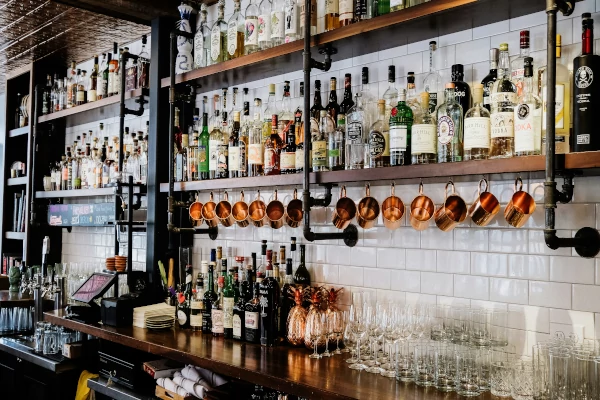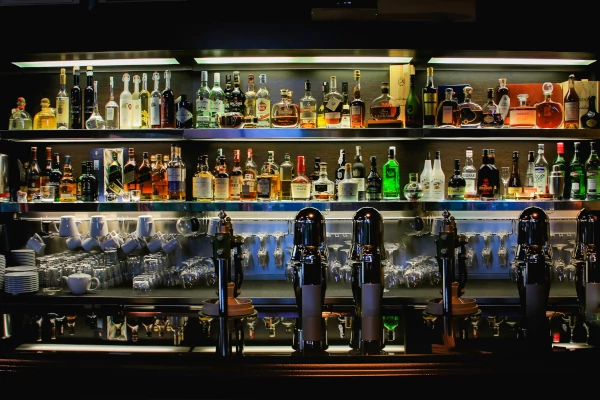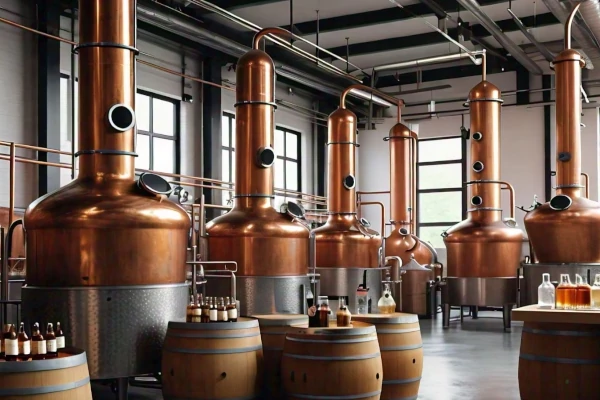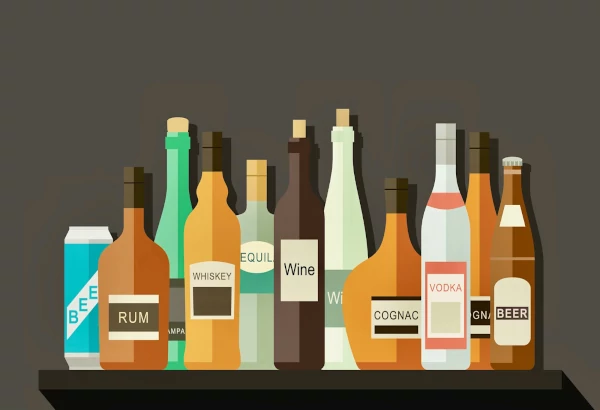The Economics of the Liquor Industry: An In-Depth Analysis
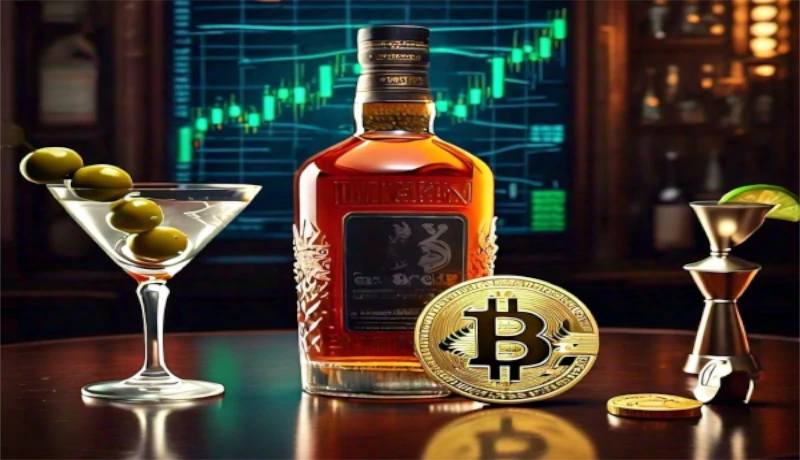
Explore the financial dynamics of the liquor industry, including pricing strategies, emerging market trends, and the effects of global trade. Understand how these factors shape the production, distribution, and consumption of spirits worldwide.
The liquor industry is a dynamic and multifaceted sector with a substantial impact on the global economy. From the pricing strategies of distilleries to market trends and the influence of global trade, understanding the economics behind this industry reveals a complex interplay of factors that shape the world of spirits. In this article, we’ll delve into these financial aspects to provide a comprehensive view of the liquor industry’s economic landscape.
It is advisable to have alcohol/liquor drinking license in Maharashtra. You can apply online for alcohol/liquor drinking liquor license here : Click Here to Apply Now
1. Pricing Strategies in the Liquor Industry
Pricing in the liquor industry is influenced by a variety of factors, including production costs, market positioning, and consumer demand. Here are some key components:
a. Production Costs: The cost of producing spirits varies significantly based on the type of liquor. For instance, whiskey and brandy often require long aging periods, which can drive up costs due to storage and interest on capital tied up in inventory. In contrast, vodka and gin, which don’t require extensive aging, generally have lower production costs.
b. Brand Positioning: Premium brands often command higher prices due to perceived quality, heritage, and exclusivity. Distilleries invest heavily in branding, packaging, and marketing to position their products as luxury items, which can significantly influence pricing strategies.
c. Economies of Scale: Large-scale producers benefit from economies of scale, allowing them to reduce costs per unit and offer competitive pricing. In contrast, smaller craft distilleries may face higher costs and thus set higher prices to cover their expenses and maintain profitability.
d. Taxation and Regulation: Taxes on alcohol can vary widely by region and can significantly impact pricing. In many countries, alcohol is heavily taxed, which can increase the retail price and affect consumer demand.
2. Market Trends Shaping the Liquor Industry
The liquor industry is constantly evolving, influenced by changing consumer preferences, technological advancements, and broader economic factors. Key market trends include:
a. Craft and Artisan Spirits: There’s a growing demand for craft and artisanal spirits, driven by consumer interest in unique flavors and local production. This trend has led to a surge in small-scale distilleries and a rise in premium pricing for craft products.
b. Health-Conscious Choices: As consumers become more health-conscious, there is a noticeable shift towards lower-alcohol and non-alcoholic options. This trend has spurred the development of low-ABV spirits and non-alcoholic alternatives, reflecting changing attitudes towards alcohol consumption.
c. Sustainability and Eco-Friendly Practices: The demand for sustainability is influencing production practices. Many distilleries are adopting eco-friendly methods, such as using renewable energy sources and sustainable packaging, to appeal to environmentally conscious consumers.
d. Digital and Direct-to-Consumer Sales: The rise of e-commerce has transformed how consumers purchase liquor. Many distilleries and retailers are expanding their online presence and offering direct-to-consumer sales, which can impact traditional distribution channels and pricing structures.
3. The Impact of Global Trade on the Liquor Industry
Global trade plays a crucial role in the liquor industry, affecting everything from production to consumption:
a. Trade Agreements and Tariffs: International trade agreements can influence the cost of importing and exporting spirits. Tariffs and trade barriers can increase costs for producers and consumers, affecting pricing and market dynamics. Recent trade disputes and changes in trade policies have had significant impacts on the global liquor market.
b. Global Supply Chains: The production of spirits often involves a global supply chain, with ingredients, packaging, and distribution spanning multiple countries. Disruptions in global supply chains, such as those caused by political instability or natural disasters, can impact production and pricing.
c. Market Expansion: Emerging markets are becoming increasingly important for global liquor producers. As economic growth accelerates in regions like Asia and Latin America, these markets offer new opportunities for expansion and revenue generation. However, each market comes with its own regulatory challenges and consumer preferences.
d. Currency Fluctuations: Exchange rate fluctuations can impact the cost of exporting and importing spirits. For international producers and distributors, changes in currency value can affect profit margins and pricing strategies.
Conclusion
The economics of the liquor industry is a complex and multifaceted subject. Pricing strategies, market trends, and global trade dynamics all play significant roles in shaping the financial landscape of this sector. As consumer preferences continue to evolve and global economic conditions shift, the liquor industry will need to adapt to maintain profitability and growth. By understanding these economic factors, stakeholders can navigate the challenges and opportunities within this vibrant industry more effectively.
Whether you're a consumer, investor, or industry professional, keeping abreast of these economic aspects will enhance your understanding of the liquor market and its broader implications.
How to get drinking liquor license : Click Here to Apply Now


